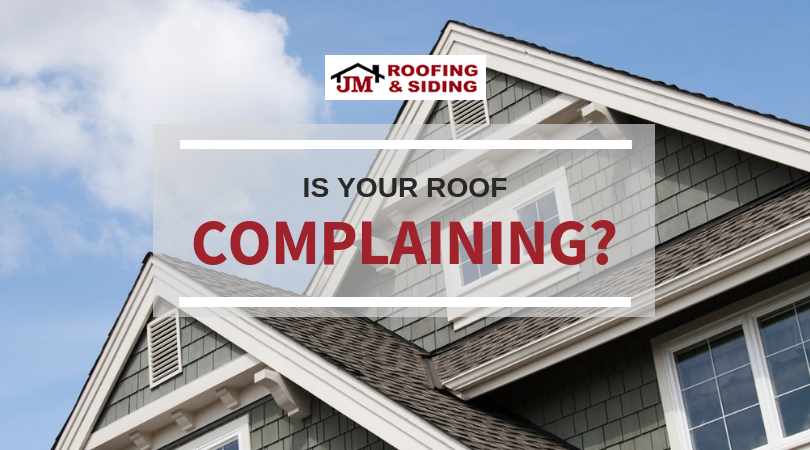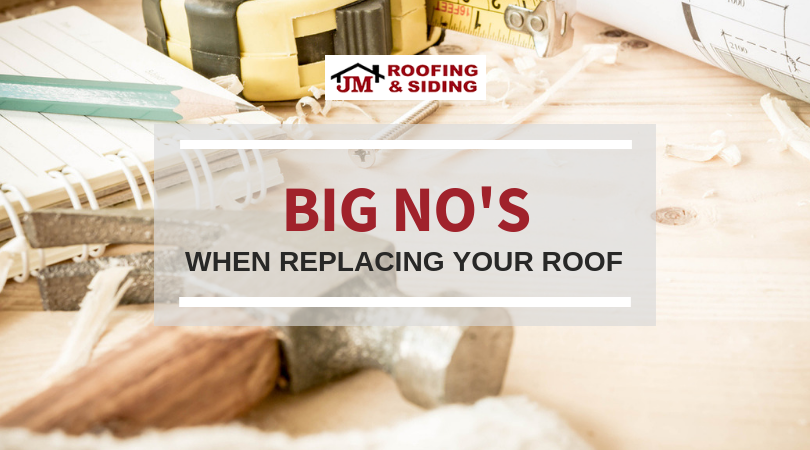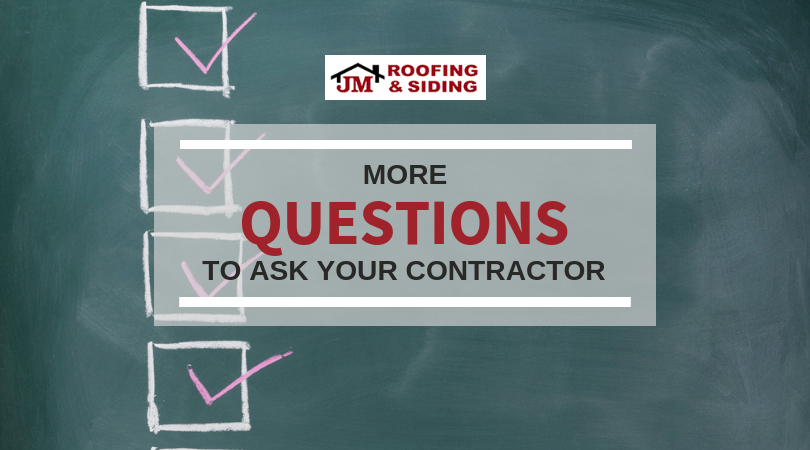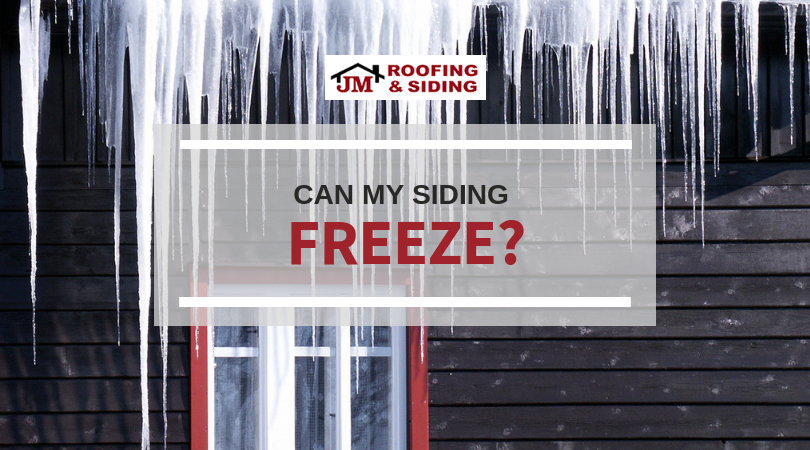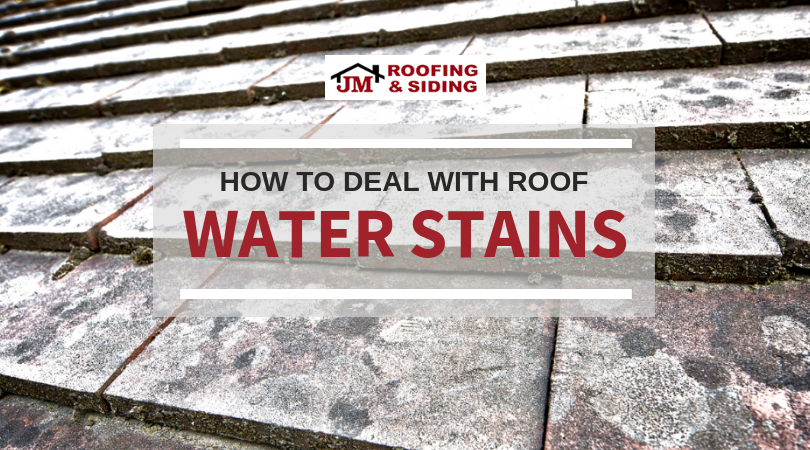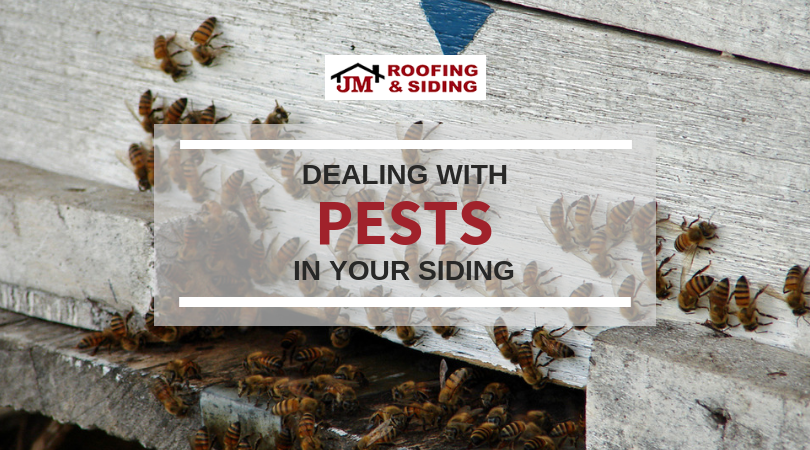When your kids complain about a stomach ache, you listen and take them to the doctor. When your parents complain that you’ve only visited them a few times over the past few month, you listen and plan your next trip to their house.
If you listen and respond to everyone else’s complaining, why wouldn’t you listen to your roof? It’s important to note if and when your roof is trying to tell you something so you can avoid bigger problems in the future.
If Your Roof is Tired…
Then it is typically worn out. This is often signaled by damaged or missing shutters and often the result of harsh weather or time. While some repairs may be able to give your roof a little relief, extensive damage or too many missing shingles will require a replacement.
If Your Roof is Too Hot…
Then it needs better ventilation and insulation. There should be several ventilation spots in your attic to expel hot air and a good layer of insulation between your attic and home, especially in the warmer months. Too much heat can not only lead to higher humidity, but all that hot air could also seep down into your home and make you feel uncomfortably warm.
If Your Roof is Sagging…
Then you have an issue with your gutters. If your gutters are clogged, rainwater can pool and pull your gutters down, causing your fascia and roof to sag. You’ll need to clean out your gutters and potentially repair your fascia and invest in gutter protectors to fix the problem.
For all your roofing needs in the Norwalk, CT area, trust the experts at JM Roofing & Siding. With over 15 years of experience under our belts, we have the knowledge and know-how to offer you the best experience possible. Give us a call today at 203-299-0716.

